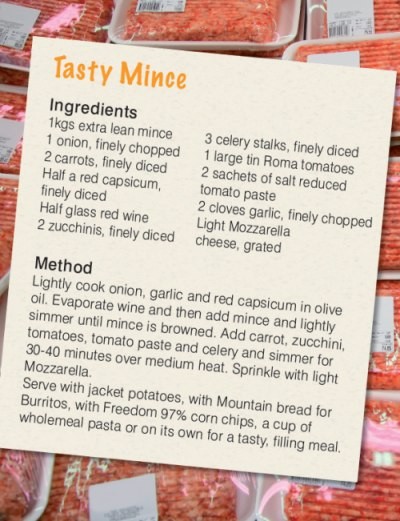It may come as a surprise that losing body fat can still be a challenging task even though you may be training for many hours each week.
There are a number of reasons why fat loss can prove difficult. First and foremost, the body does not like to metabolise fat. It is actually programmed to store excessive fat to be used in times of possible food shortage. Secondly, as you get fitter, the harder it is to challenge the body and burn the extra calories required for fat metabolism. Finally, fat is the third and final fuel source utilised by the body, and even though you may be burning significantly more calories than the average person, it does not necessarily mean that you need much extra fat in your diet. So, if you are one of the many hauling around an extra five kg on the bike, it may be time to get rid of them, once and for all.

Fuelling at the Right Time of Day
A common mistake we make when embarking on a fat loss program is to reduce food intake too dramatically. Instead of completely eliminating all carbohydrates, a much better way to approach fat loss is to think of the body as a machine. If you cut out all the petrol when the machine is trying to run, it will seize up and eventually break down. The same can be said for the body and ultimately fat metabolism. If you remove the fuel (carbohydrate) completely, the machine does not have the opportunity to burn the fat. A much better option is to slightly reduce the carbohydrate by making small changes to your daily food intake. Here are a few examples. Choosing smaller slices of bread Removing the middle from bread rolls Stop eating all 97% fat free muffins, cereal bars and crackers Choosing small pieces of fresh fruit Choosing 100g yoghurts instead of 200g Stick to 1 carbohydrate portion at dinner e.g.: 100g sweet potato, 1 cup cooked pasta, ¾ cup cooked rice This will allow you to adequately fuel and refuel the body post training to allow for optimal recovery while also reducing your total fuel intake to help with fat loss.
Check what is slipping in after dinner
The majority of people I see in my clinic eat very well during the day. The biggest problem they have is rewarding themselves with cake, chocolate, sweet biscuits, lollies, ice cream, nuts and fruit at night after dinner. This is the worst thing you can do in terms of fat loss! Remember, the body will burn the fuel that is readily available to it. So, if you eat two Tim Tams in the afternoon and then go for a ride for an hour, the fuel from those Tom Tams will be burnt. On the other hand if you eat those Tim Tams at night and then go to bed, the body not only has to burn the Tim Tams but also the dinner you have eaten. This means that the fat in the Tim Tams has less chance of being burnt, but the extra body fat you want to say goodbye to will not be touched. So, if you must have a treat, you are better to have it in the day and keep your nightly intake relatively strict.
Check what you are drinking.
Fruit juice, cordial, sports drink, beer, soft drink, wine and large milk based coffees with flavouring, are all calorie laden beverages. It is a common misconception that fruit juice is very nutritious but it is still carbohydrate (fuel) and a very concentrated one. Just remember that a large fresh juice contains the same number of calories as a meal. This is also true for the large sized coffees you can now purchase at the chain coffee stores. The take home message is get rid of the juice, soft drink and cordial and keep the gourmet coffees small. Stick to the water and you will be on the right track.
Up the Ante
It may sound odd, but did you ever consider that your body may be so used to your regular training program that you actually do not burn as many calories as you think (or feel) you do? To ensure your body is an efficient fat burning machine, add in an extra interval session to your regular training session. Get that heart rate up via skipping, sprints or treadmill work and see how different your body and clothes feel at the end of a month or two of different, more challenging training sessions.


.jpg)
